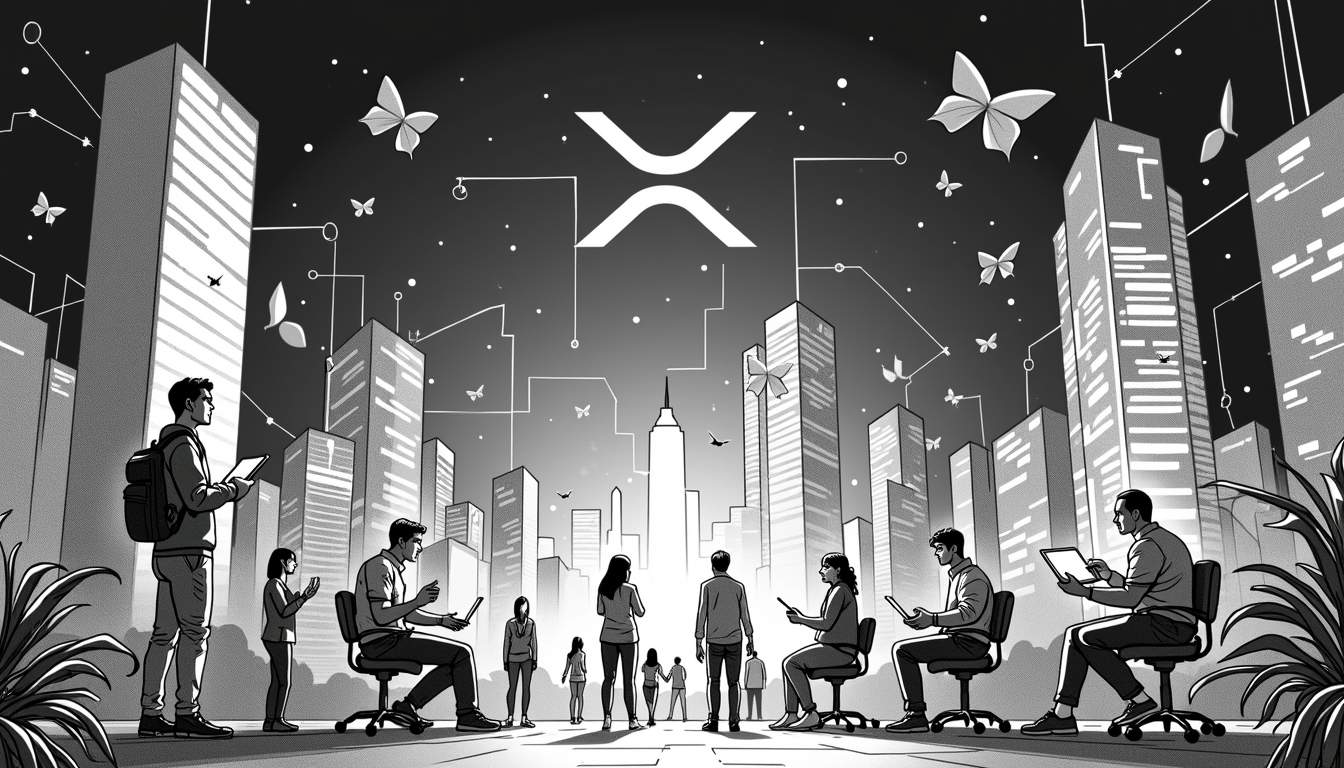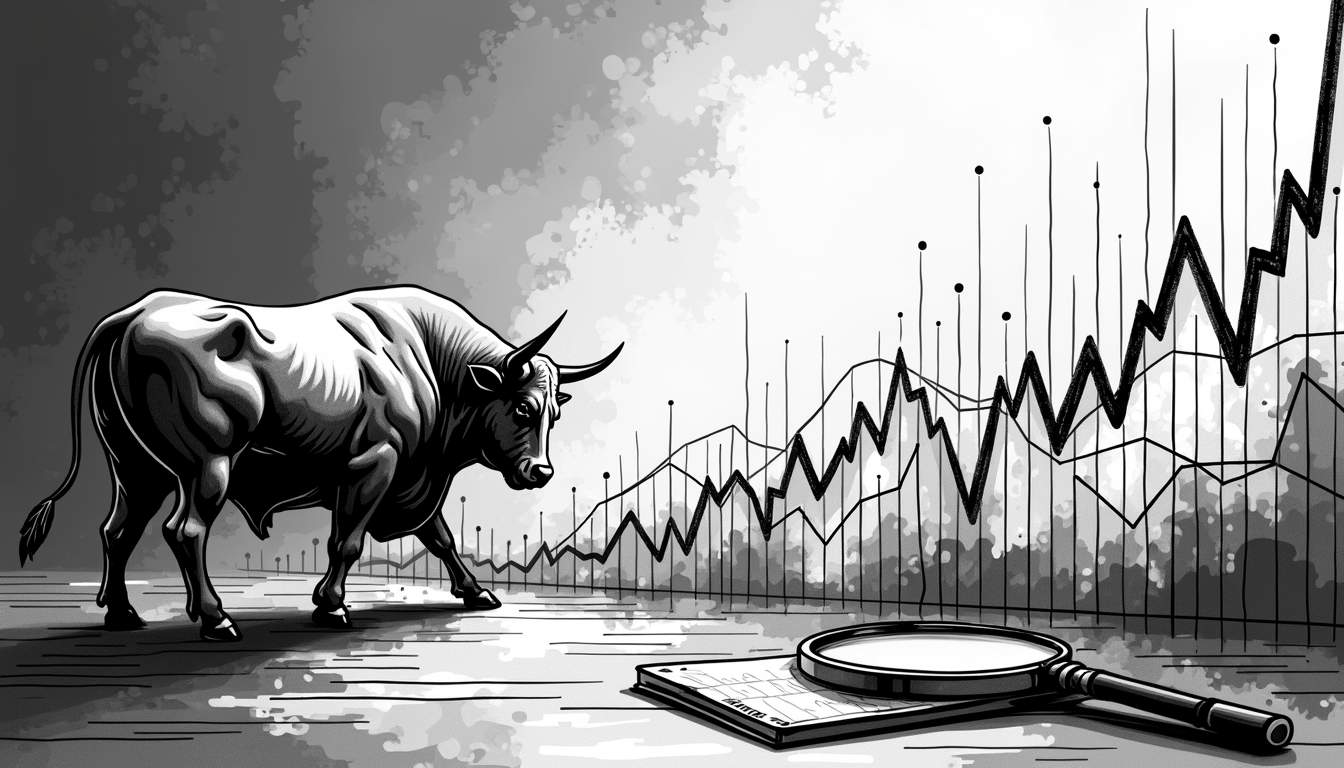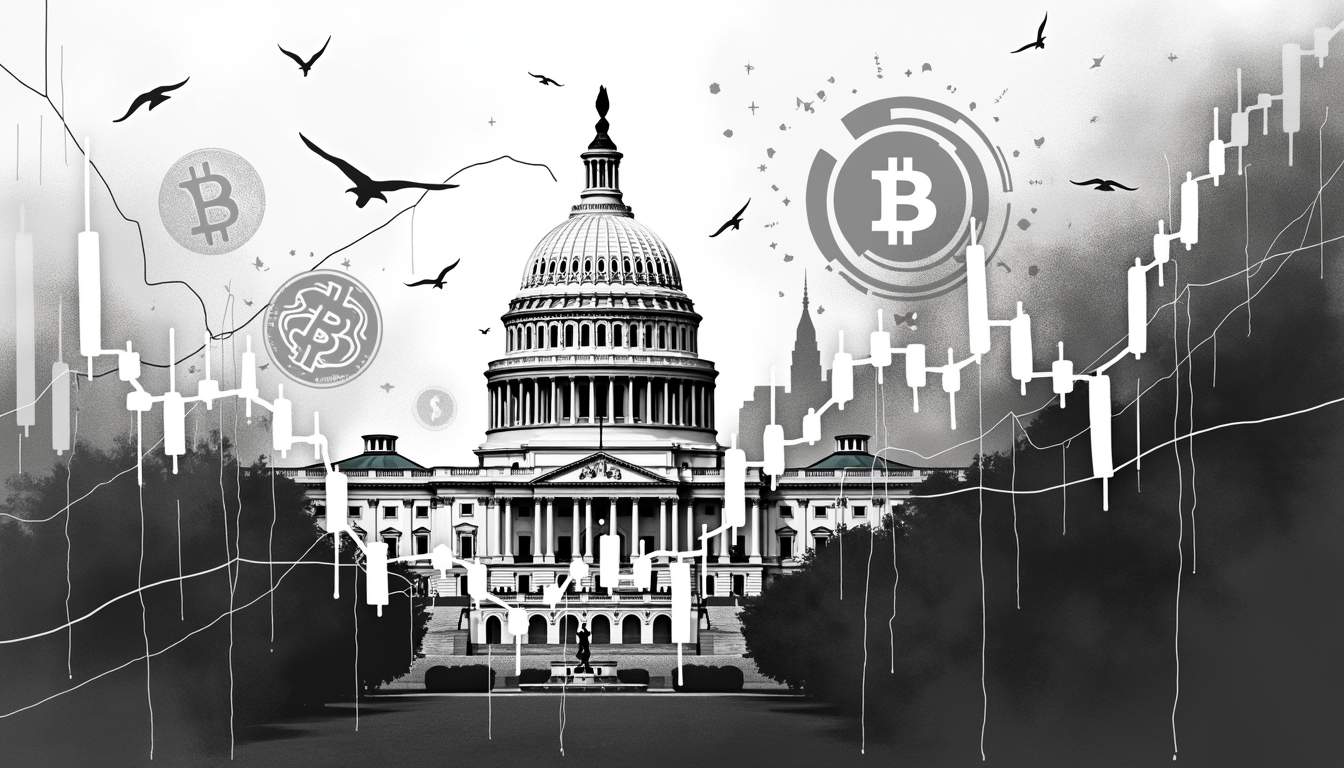Author: Joshua Martinez
Meme World merges VR, AI, and blockchain to transform digital economies through meme monetization and community engagement.
Blog
Femi Adebayo's 'Seven Doors' premieres, blending Yoruba and Igbo cultures with blockchain for cultural preservation.
AI-driven crypto trading models enhance profitability and risk management, offering seamless profit-sharing for ALAI token holders.
Blockchain ensures secure, tamper-proof communication in extraterrestrial first contact scenarios, enhancing community engagement and data integrity.
Coinbase's stock soars amid retail activity and altcoin trading. Explore the bullish outlook and 2025 crypto market predictions.
Crypto scams exploit blockchain's trust and anonymity. Learn how to stay safe in the evolving digital asset landscape.
XRP revolutionizes cross-border payments, DeFi, gaming, and more with fast, low-cost transactions and blockchain security.
Explore how personal betrayal impacts trust in digital systems, emotional resilience in crypto markets, and the role of community support in recovery.
Crypto market braces for fluctuations ahead of U.S. presidential inauguration, with long-term bullish trends and strategic investment insights.
Crypto market braces for volatility as U.S. presidential inauguration nears, with long-term growth still promising.








